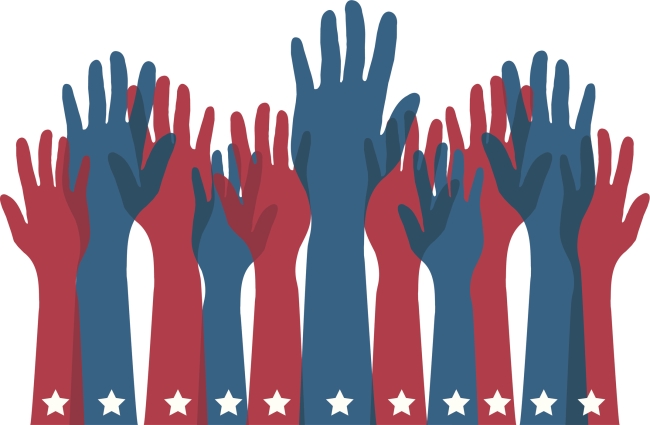You have /5 articles left.
Sign up for a free account or log in.

iStock
Numerous studies over the years have documented that professors, on average, lean left. And their political inclinations toward liberalism exceed those of the American public.
But what hasn't been documented (aside from periodic anecdotes) is a claim made by many on the right: that liberal professors indoctrinate or intimidate students to share their beliefs. New research suggests that college is a time when students gain appreciation of multiple perspectives.
The research finds that, after one year in college, many students view both liberals and conservatives more favorably than when they arrived on campus (and by about the same margins). The researchers suggest that this shows that college -- or at least the freshman year -- isn't a time when students are indoctrinated, but is actually a time when they meet people with different views and come to respect them (regardless of whether they end up changing their own views).
And the researchers believe the reason for their findings isn't about what goes on in the classroom, but is based on interactions with fellow students.
"While students may come to college never having met someone on the political 'other side,' it is hard to avoid doing so in college," write the four professors who did the research, in a summary of their findings published Friday in The Conversation. "One central aim of higher education is to encourage contact, debate, discussion and exposure to persuasion from different kinds of people. After a year of college, in other words, it might be more challenging for students to brand all liberals or conservatives as wrongheaded when they are studying, eating and learning alongside them. These experiences might even help students appreciate others as people with diverse histories and shared interests in working toward common goals. One takeaway is clear: It appears as though the first year of college is doing what it should, exposing students to experiences that teach them how to think rather than what to think."
The findings are based on a survey of a nationally representative sample of more than 7,000 undergraduates at more than 120 four-year colleges and universities who responded to questions at the beginning of both their freshman and sophomore years. (The work is one part of the Interfaith Diversity Experiences and Attitudes Longitudinal Survey, which is also producing data about students' views on religion.)
The following shows the results of the survey on students' evolving attitudes about conservatives and liberals.
| How Students' Views Changed … | … on Liberals | … on Conservatives |
| Better attitude | 47.8% | 49.6% |
| No change | 22.2% | 19.1% |
| Worse attitude | 30.0% | 31.3% |
To be sure, the authors note that there are healthy minorities of students who emerge from their freshman year thinking worse of liberals and of conservatives. But the key fact is that the patterns are very similar in terms of how students' views evolve about both liberals and conservatives.
Further, the authors note that "the data show us that the most growth in appreciation happened among people who were initially least appreciative of either liberals or conservatives. In simple terms, first-year students who begin college really disliking liberals or conservatives have their attitudes soften in college."
Matthew J. Mayhew, the William Ray and Marie Adamson Flesher Professor of Educational Administration at Ohio State University, is one of the four professors leading the study.
In an email interview, he said there are many reasons that the public perceives liberal indoctrination in higher education that this research suggests doesn't exist.
"Being enrolled at a liberal arts institution or exposed to a liberal education is not about being indoctrinated into a left-leaning political set of philosophies, but about [being] engaged in an educational environment designed to encourage freedom of thought and expression, to equip students with the skills needed to evaluate truth claims and subsequently form thoughtful and responsible opinions, and to grow in appreciation of ideas represented by differing political narratives," he said. "When context becomes critical in understanding nuances like these, words like liberal -- and often conservative -- are easy to weaponize, especially in social media spaces where attention spans are short and context is often reduced to a few characters."
At the same time, while the study may debunk widely held views about academe, Mayhew said that colleges can do more to promote thoughtful exchanges among students in and out of classrooms. And he said a key part of this is training faculty members.
His advice to colleges: "Teach faculty how to successfully help students engage across political differences, both well and responsibly. Any college responsible for graduating future professors in any discipline should require those students to take formal training in designing effective and inclusive learning environments. Every future college professor should know how to profess. Holding content-related expertise, punctuated by a TA experience in a few courses during graduate school is not enough; all future professors should also know how to develop strategies that help student productively exchange across any narrative difference -- including those political in nature."
The other three researchers on the project are Alyssa N. Rockenbach, professor of higher education at North Carolina State University; Benjamin S. Selznick, assistant professor of postsecondary analysis and leadership at James Madison University; and Jay L. Zagorsky, an economist and research scientist at Ohio State.








